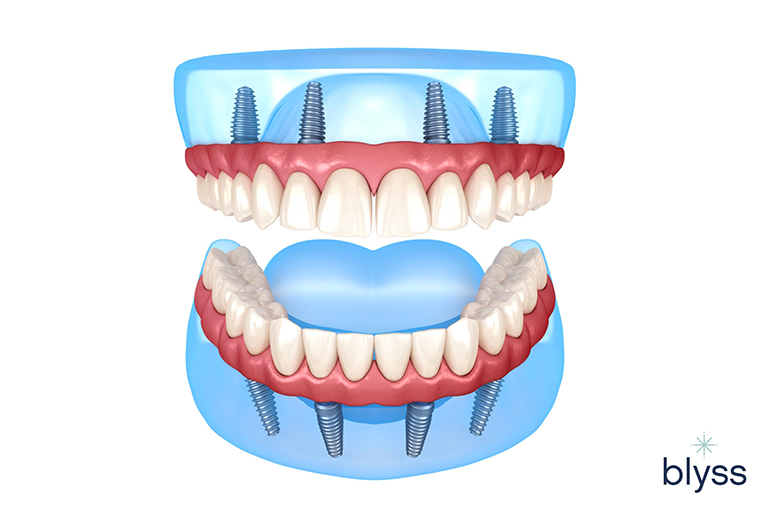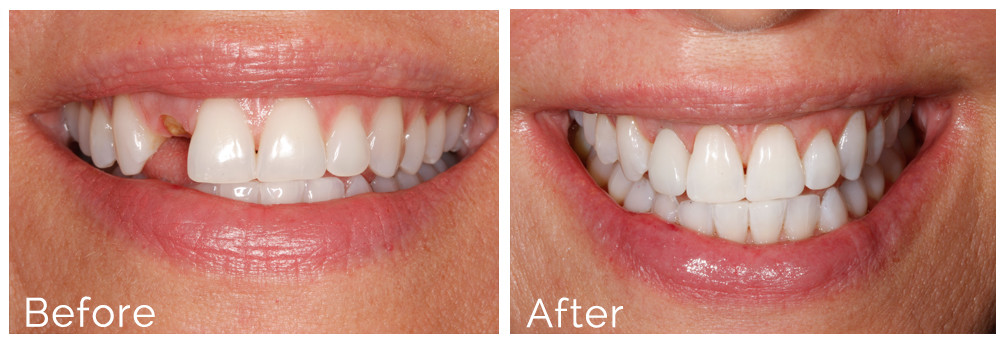Dental Sense Fundamentals Explained
Dental Sense Fundamentals Explained
Blog Article
Dental Sense for Dummies
Table of ContentsThings about Dental SenseOur Dental Sense IdeasDental Sense Things To Know Before You BuySome Ideas on Dental Sense You Should Know
are clinical tools surgically implanted right into the jaw to recover an individual's capability to eat or their look. They give assistance for synthetic (phony) teeth, such as crowns, bridges, or dentures. When a tooth is shed because of injury or disease, an individual can experience issues such as quick bone loss, defective speech, or adjustments to chewing patterns that cause pain.Oral dental implant systems include a dental implant body and dental implant joint and may additionally consist of a joint addiction screw. Kids dental. The dental implant body is operatively put in the jawbone instead of the tooth's root. The dental implant joint is usually connected to the dental implant body by the joint addiction screw and expands with periodontals right into the mouth to sustain the connected synthetic teeth
(https://experiment.com/users/dentalsense1)Structure of The Oral Implant System choosing oral implants, speak to your oral copyright about the possible advantages and threats, and whether you are a prospect for the procedure. Points to consider: Your overall health is an important consider determining whether you are a great candidate for oral implants, the length of time it will certainly take to heal, and for how long the dental implant may remain in location.
Cigarette smoking might affect the recovery procedure and lower the long-term success of the implant. The recovery procedure for the dental implant body might take a number of months or longer, during which time you normally have a short-lived abutment in area of the tooth. the dental implant procedure: Meticulously follow the dental health instructions offered to you by your dental company.
Little Known Facts About Dental Sense.
Implant failing can result in the requirement for another procedure to deal with or replace the dental implant system. Restores the ability to chew Recovers cosmetic appearance Aids maintain the jawbone from shrinking due to bone loss Preserves the health and wellness of the surrounding bone and gums Aids maintain adjacent (close-by) teeth secure Enhances quality of life Damage to bordering all-natural teeth throughout implant placement Injury to the surrounding cells during surgery, such as sinus perforation Injury throughout surgical procedure (for example, crack of surrounding jawbone) Poor function, such as feeling like the teeth do not attack together typically A feeling that the tooth hangs or twisting in location arising from a joint screw loosening Implant body failing (looseness of the dental implant body) because of systemic infection, which might be more probable in patients with uncontrolled diabetes mellitus as a result of regional infection in bone and periodontals supporting the implant body because of postponed healing, which may be more probable in patients that smoke Problem cleansing the periodontals around the dental implant, causing inadequate dental hygiene Untreated periodontal condition Post-surgical feeling numb because of nerve impingement or damage Always inform health treatment suppliers and imaging professionals that you have dental implants prior to any magnetic vibration imaging (MRI) or x-ray treatments.
FDA is not mindful of any unfavorable events reported for MRI or x-ray procedures with oral implants. Oral implants systems are commonly constructed from products that comply with international agreement criteria of the International Organization for Standardization (ISO) or ASTM International. These requirements have information of what makes a secure product.

An oral implant is a structure that replaces a missing out on tooth. With screw-like devices, the surgeon inserts an implant into the jawbone, and it serves as an anchor for a man-made tooth, called a crown. A gadget called an abutment connects the fabricated tooth to the oral implant. The crown is customized to fit the individual's mouth and match the shade of their teeth.
Indicators on Dental Sense You Should Know
Some people are not qualified for oral implant surgical procedure. It is for dental doctors to run on individuals with: intense illnessuncontrollable metabolic diseasebone or soft cells condition or infectionIf these issues are fixed, a person can have the surgical procedure. In, dental surgeons refrain from operating individuals with: If people with any of the above undergo oral implant surgical procedure, there is a greater danger of the dental implant failing.

Oral dental implant surgical procedure is an individualized procedure. It's not the same for everybody. The adhering to offers a basic review of what you can expect your dental professional, dental surgeon, periodontist or prosthodontist to do: Put the implant surgically. Give you time to heal. Affix the message and final crown, bridge or denture.
Next off, your surgeon will very carefully put the dental implant into your jaw. Finally, your cosmetic surgeon will certainly rearrange your gums and shut the laceration with stitches. If your dental implant is near the front of your mouth, your dental professional will certainly make a short-lived tooth for you to use up until you recover. By doing this, you won't have a space in your smile while you recover.
What Does Dental Sense Do?
During the recovery phase, your jawbone should fuse to the oral implant. This process can take anywhere from 3 to 9 months.
As soon as your dental implant heals, your dentist can affix the abutment (tiny adapter post) and your final remediation (crown, bridge or denture). This generally takes regarding one hour to finish and might need a 2nd minor surgical treatment. You should not really feel any kind of discomfort during your dental implant procedure due to the fact that your company will certainly use medication to numb your gum tissues.
Report this page